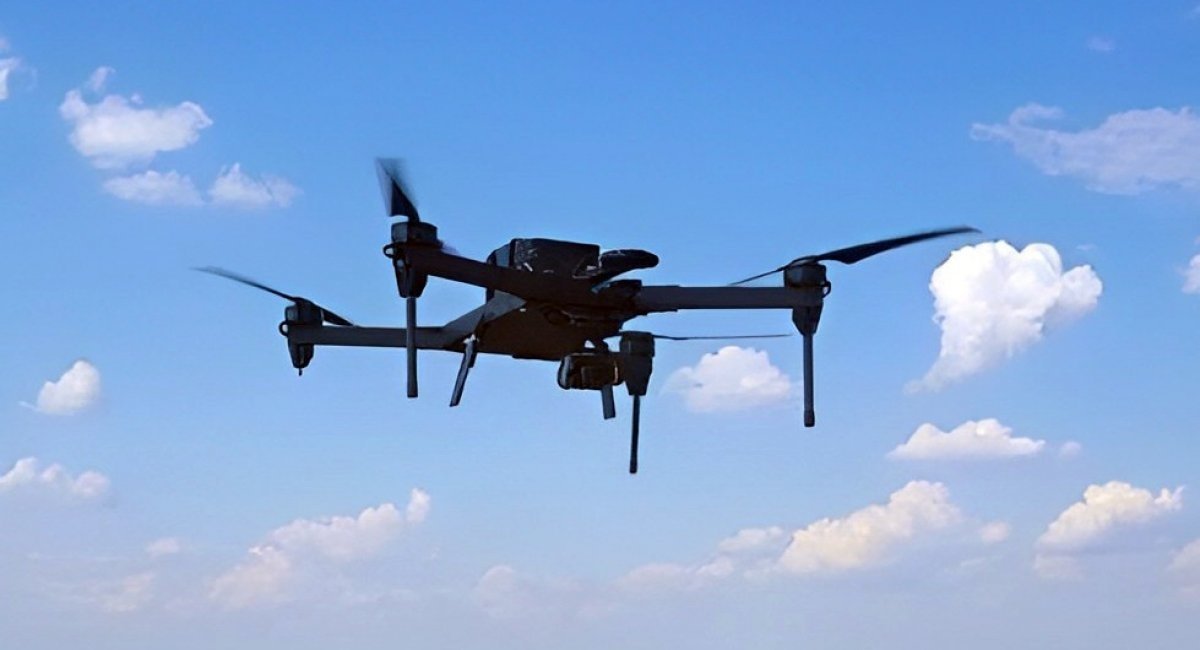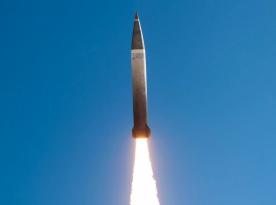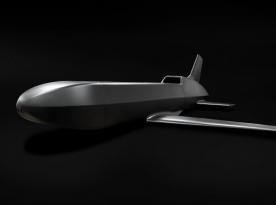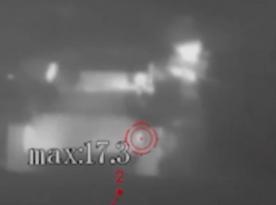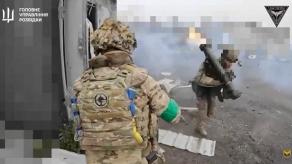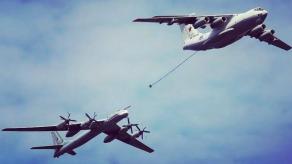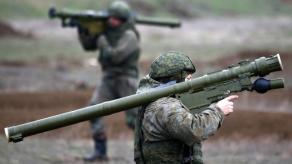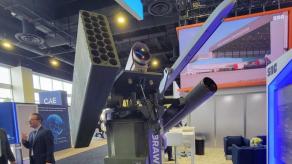Ministry of Defense of Ukraine announced it issued a permit to supply Saker Scout unmanned aerial systems to the Armed Forces of Ukraine. This drone has software built upon artificial intelligence algorithms.
The UAS consists of several aerial vehicles. One of them is deployed for a reconnaissance mission. It can identify enemy military vehicles, even those camouflaged, locate their coordinates, and transmit the data to the command center. Moreover, it's compatible with the Delta automated situational awareness system.
Read more: American Cutting-Edge Data System Helps Ukrainians Come Out on Top in Artillery Duels
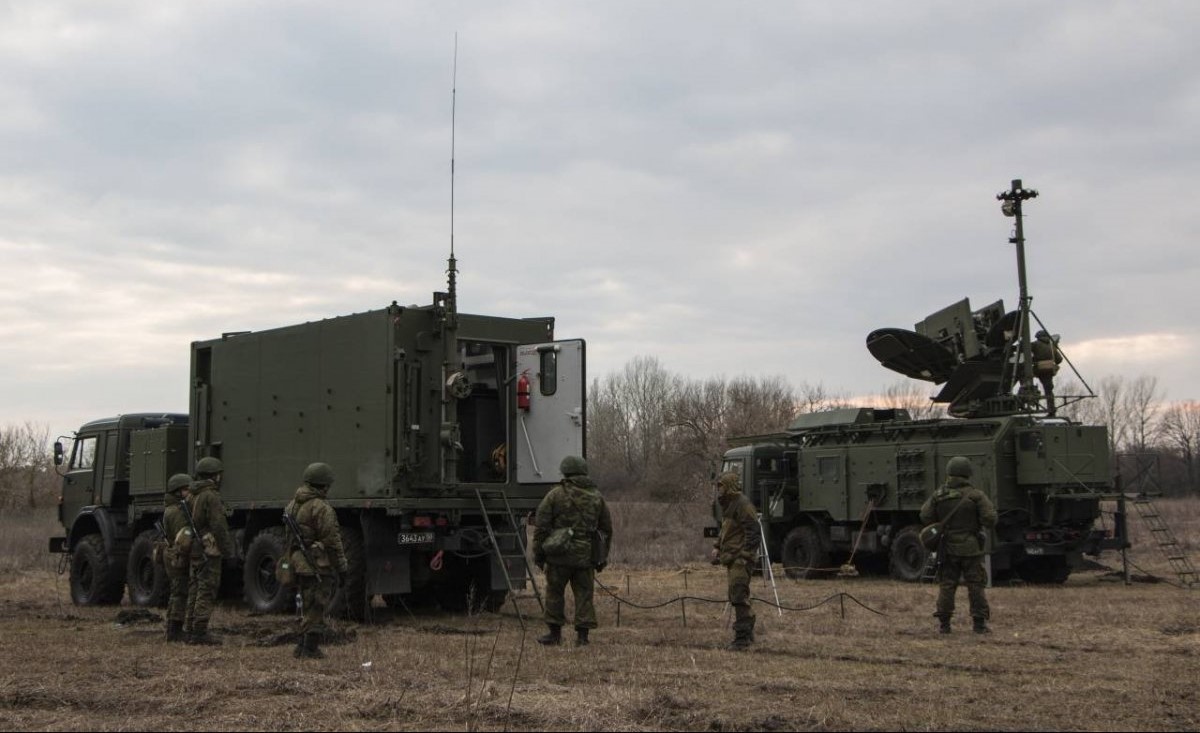
Once the enemies are acquired, the AI-powered recon UAV designates them as targets and provides guidance to explosive FPV drones that come as part of the Saker Scout system as well.
The operational range is 10 km, the main drone can carry sophisticated sighting systems, including night vision cameras. It is equipped with inertial navigation, which means the copter can accomplish the task and return even if the connection and GPS are jammed by adversary EW systems.
Development of such a unique system was done in such a short timeframe due to the Ministry of Defense Accelerator established June this year. This administrative mechanism allows innovations, that prove to be working, to go faster through all the necessary tests and enter service with the Ukrainian Armed Forces without bureaucratic delay.
Behind the capabilities provided by the Saker Scout, there is an important issue of Ukraine's access to domestically-produced working algorithms for recognizing the outlines of enemy equipment. In other words, obtaining the new technology for autonomous target designation based on optical or thermal camera imagery.
Even though a drone's "brain" must have quite high computing performance in order to run the algorithms of outline recognition, the cost of such a computer would still be much lower than procuring infrared or radar homing heads for weapons. But the "fire and forget" feature would be the same in result.
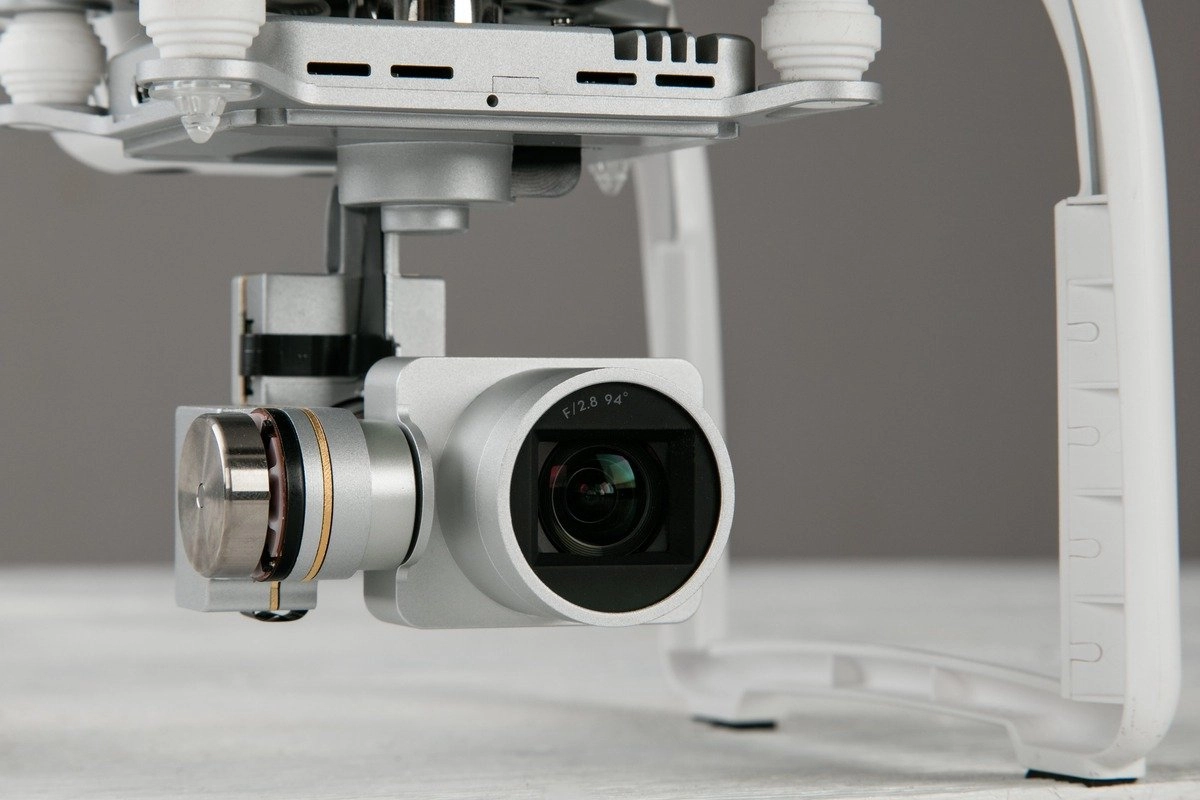
Potentially, it means suicide drones facilitated by artificial intelligence could be deployed to eliminate important targets. A smart drone would guide them to the designated area, analyze the situation upon arrival, choose the highest priority target, and launch an attack on its own. Such a mission would be carried out without human operator's interference which means EW jamming won't be enough to foil the plan.
The appearance of this kind of algorithm opens up broad prospects for integrating the AI element into various types of weapons. Be it tactical-level suicide drones, long-range missiles, automated robo-turrets, and many more.
Moreover, Ukraine will decide on its own how to apply these weapons because, at this point, the application of weaponized AI is more of an ethical dilemma than a technological one.
Read more: Metal Cage Did Not Save This TOS-1A Solntsepyok From Destruction by Ukrainian FPV Drone (Video)




